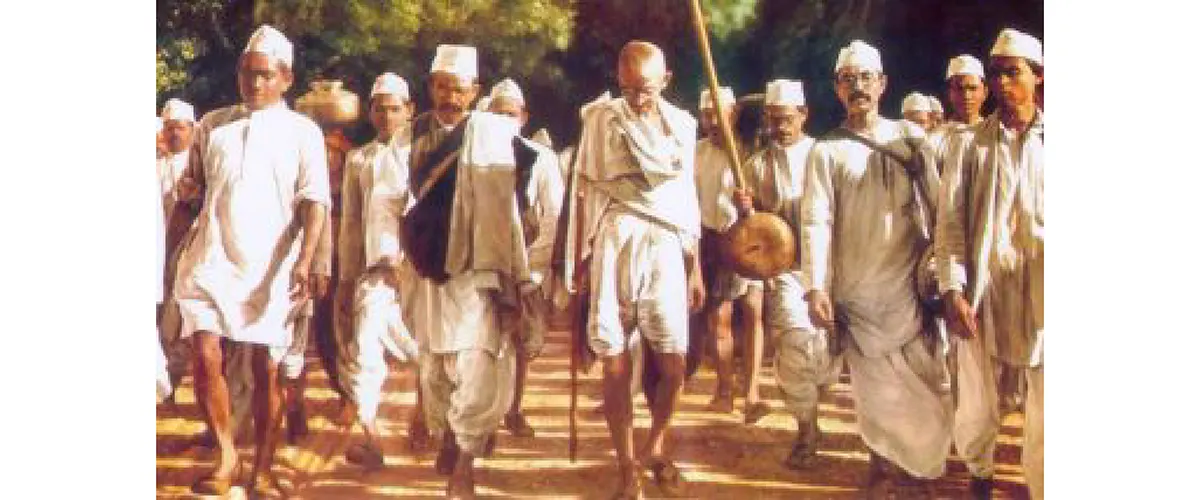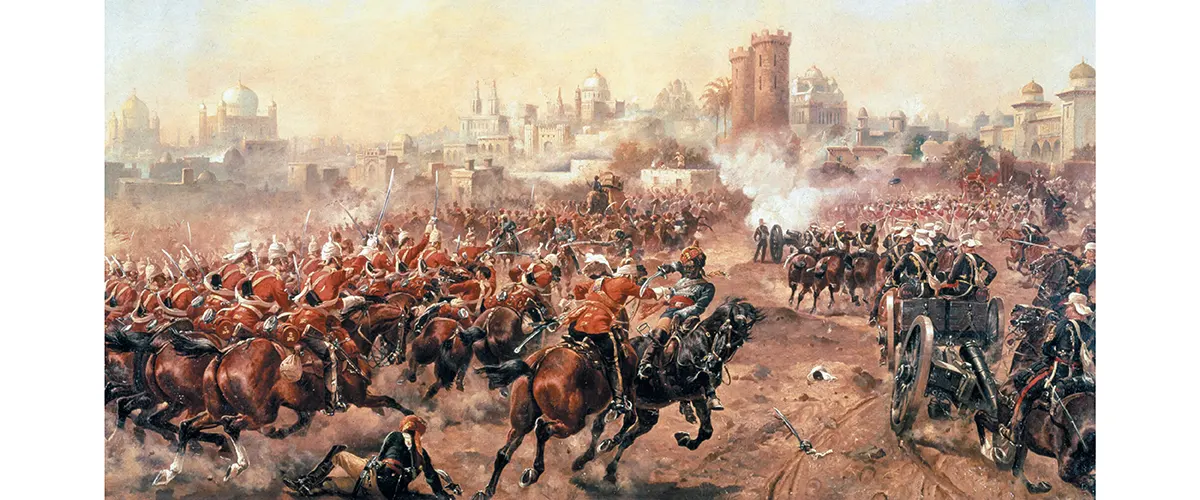Quit India Movement Day is celebrated every year on 8th August. This day commemorates a major event in India’s struggle for independence from British rule. It marks the launch of the Quit India Movement in 1942, led by Mahatma Gandhi. This movement was a massive call for the British to leave India and let the country be free. It’s a day of immense historical significance, reflecting the courage and determination of millions of Indians who fought for their freedom.
Quit India Movement Day 2024 marks 82 years since this important movement changed India’s history. As we celebrate this milestone, it’s important to remember the values and sacrifices of the past, finding inspiration for today and the future.

Quit India Movement Day 2024: History
The Quit India Movement began on 8th August 1942. The Indian National Congress, under the leadership of Mahatma Gandhi, initiated this movement. The British had ruled India for decades, and their refusal to grant India immediate independence during World War II was the last straw. Gandhi’s call for “do or die” became the rallying cry for millions who joined the struggle.
The movement was a direct response to the failure of the Cripps Mission, which proposed limited self-governance that did not meet Indian aspirations. People across the country, from all walks of life, participated in protests, strikes, and acts of civil disobedience, demanding an end to British rule.
Aim of the Quit India Movement
The main goal of the Quit India Movement was to gain immediate and complete independence from British rule. It called for an end to British control over India and the establishment of a sovereign and self-governing nation.
Some major events to remember during this period are:
Civil Disobedience and Non-violence

The aim of Quit India Movement was to achieve independence through non-violent means. Inspired by Gandhi’s principles of Satyagraha (truth and non-violence), the movement encouraged people to refuse to follow unjust laws and regulations peacefully. Indians from all walks of life participated in peaceful protests, strikes, and demonstrations, showcasing their unity and resolve.
Regression and Arrests
The British authorities responded to the movement with severe repression. Many leaders, including Mahatma Gandhi, Jawaharlal Nehru, and Sardar Vallabhbhai Patel, were arrested. Despite the crackdown, the spirit of resistance remained strong among Indians. Thousands of ordinary citizens were imprisoned, but despite these arrests, the movement continued, driven by local leaders and ordinary citizens who kept the fight alive.
Unity and National Pride

The movement brought a sense of unity and national pride among Indians. People from different regions, religions, and social backgrounds came together with a common goal: freedom from British rule. This collective effort showcased the strength of unity in diversity.
Paved the Way for Independence
Although the Quit India Movement was eventually suppressed, it significantly weakened British control. It demonstrated the unyielding spirit of the Indian people and paved the way for India’s independence in 1947. The movement is a testament to the power of non-violent resistance and collective action. For reference, you can checkout our blog on Independence Day 2024
The Most Serious Rebellion after 1857

The Quit India Movement is often regarded as the most serious rebellion against British rule since the Revolt of 1857. It saw widespread protests, strikes, and defiance. Slogans like “Simon Go Back,” referring to the Simon Commission, became symbols of resistance against colonial policies. The movement’s scale and intensity made it a landmark event in India’s freedom struggle.
Quit India Movement Day 2024: Theme
The theme for Quit India Movement Day 2024 is to remember how people from different backgrounds came together during the movement, showcasing that unity is our strength. It reminds us that despite our differences, we can achieve great things when we stand together.
Significance of Quit India Movement Day
Quit India Movement Day is a day to honour the sacrifices of the freedom fighters who fought for India’s independence. Its significance includes:
- Remembrance of sacrifices: This day reminds us of the countless sacrifices made by Indians for their freedom.
- Celebration of unity: It highlights the unity and collective effort of people from diverse backgrounds.
- Inspiration for future generations: The movement inspires future generations to value and protect their freedom.
- Non-violence and civil disobedience: It reinforces the importance of non-violence and peaceful protest in achieving social and political goals.
- Historical awareness: It educates people about a crucial chapter in India’s history, ensuring that the legacy of the freedom struggle is preserved.
Checkout: List of Important Days in August 2024
Conclusion
Quit India Movement Day is a significant reminder of India’s journey to independence. It honours the courage and determination of those who fought against colonial rule and underscores the values of unity, non-violence, and civil disobedience. As we observe this day, we pay tribute to the heroes of the movement and renew our commitment to these enduring principles.
FAQs on Quit India Movement Day 2024
Q1. What is the Quit India Movement and when is it celebrated?
Ans – The Quit India Movement was a mass protest launched by the Indian National Congress in 1942, demanding an end to British rule in India. It is celebrated on 8th August every year.
Q2. Who started the Quit India Movement?
Ans – The Quit India Movement was initiated by Mahatma Gandhi and the Indian National Congress.
Q3. Why is Quit India Movement Day celebrated?
Ans – This day is celebrated to remember and honour the sacrifices made by Indians in their struggle for independence and to inspire future generations to value freedom and unity.
Q4. How long did the Quit India Movement last?
Ans – The Quit India Movement lasted for about two years, from 1942 to 1944.
Q5. What was the impact of the Quit India Movement on British rule?
Ans – The movement demonstrated the widespread Indian desire for independence, leading to increased pressure on the British to grant India freedom.
Q6. What are some key events associated with the Quit India Movement?
Ans – Key events include the arrest of Gandhi and other leaders, widespread protests and strikes, and acts of civil disobedience across the country.

